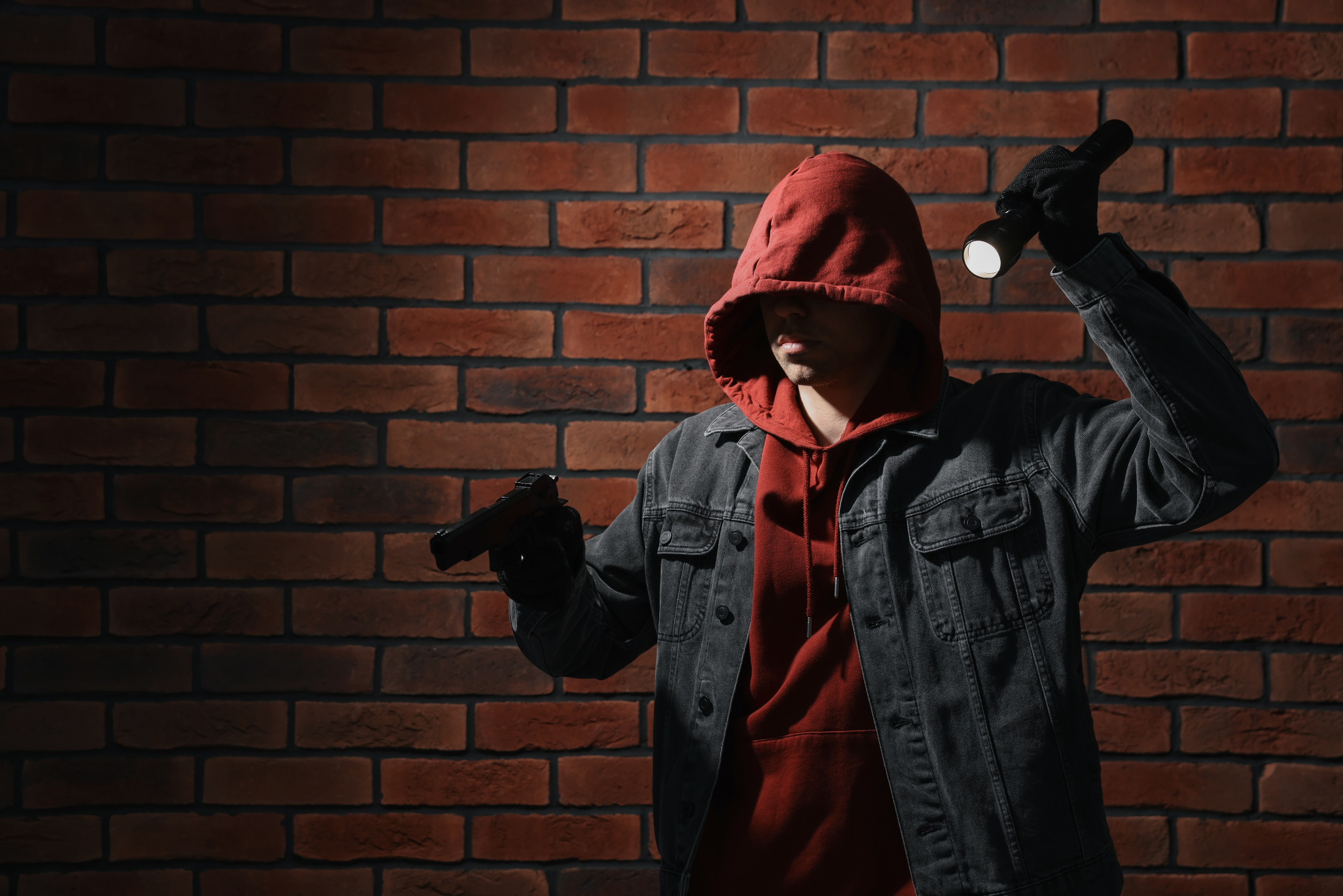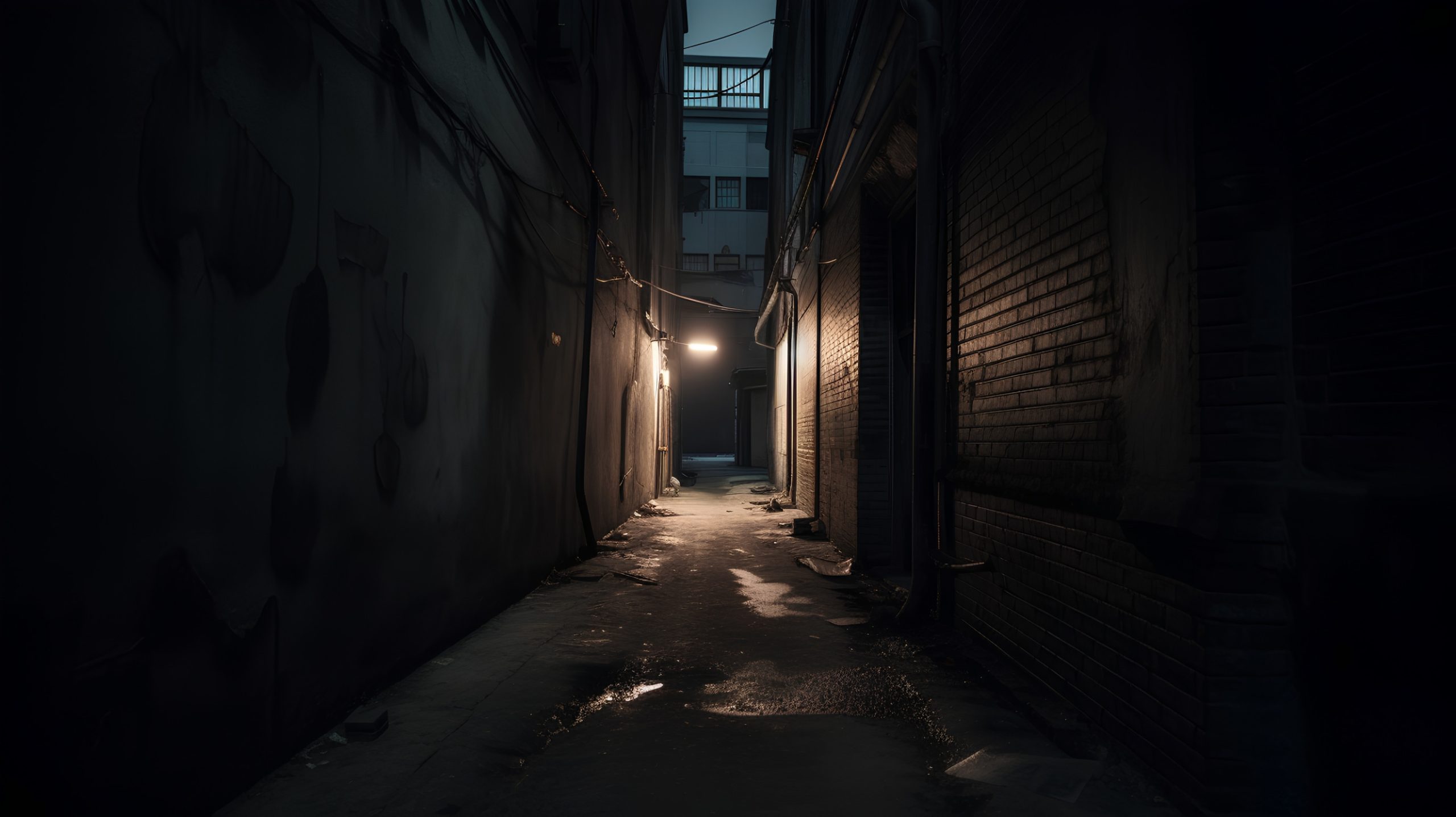Criminals rarely act on impulse alone. Whether it’s a pickpocket in a crowded subway or a home invader scoping out a quiet neighborhood, the choice of victim is often strategic. Most criminals weigh risk and reward, looking for the easiest target with the least chance of getting caught.
Understanding what makes someone a target is critical to staying safe in a world where opportunists are always watching. The patterns are clear—criminals look for certain signals, and people unknowingly give them off every day. It’s time you knew what criminals are looking for so you can avoid it.
1. Lack of Awareness
People absorbed in their phones, music, or daydreams attract attention from criminals. When someone is unaware of their surroundings, they’re less likely to notice a threat until it’s too late. Criminals prefer victims who won’t remember faces, vehicles, or even the direction an attacker fled. A distracted person sends a clear message: “I’m not paying attention, and I’m an easy mark.” Awareness acts as both a shield and a deterrent in public spaces.
2. Predictable Routines
Routine makes life easier—but also more dangerous. Criminals often observe people over time to learn their habits and schedules. Knowing exactly when someone leaves for work, arrives home, or walks their dog allows for precise planning. Predictability gives criminals a window of opportunity with minimal variables. Those who vary their patterns are harder to track and less appealing to stalkers or burglars.
3. Poor Lighting and Isolation
Areas with low visibility and few people provide ideal cover for criminal activity. Attackers look for spots where they won’t be seen or interrupted, especially at night. Walking alone through a dimly lit alley or parking lot dramatically increases vulnerability. Criminals feel emboldened in places where cries for help are less likely to be heard. Environments that lack natural surveillance are breeding grounds for opportunistic crimes.
4. Visible Valuables
Flashy jewelry, expensive electronics, or designer handbags act like beacons to criminals. Even something as simple as pulling out a high-end phone can catch the wrong eyes. Criminals are drawn to visible signs of wealth because they indicate a high potential reward. Many street crimes are committed not out of desperation but because of opportunity. Keeping valuables concealed can reduce the odds of becoming a target.
5. Physical or Emotional Vulnerability
Those who appear physically weak, elderly, injured, or emotionally distressed are more likely to be singled out. Criminals are less interested in a fight and more interested in success. Someone limping, crying, or looking overwhelmed sends a message that they might not resist effectively. Vulnerability also implies that the person may not be aware enough to notice they’re being followed or manipulated. Predators seek out those least able to protect themselves or call for help.
6. Lack of Defensible Space
Criminals assess how easily they can corner or isolate someone without being challenged. Open areas with natural surveillance—like busy sidewalks or parks—are less appealing than enclosed spaces like stairwells or secluded hallways. If a person can be trapped or ambushed without escape, the risk for them increases dramatically. Homes without fences, cameras, or dogs also signal easy access. The less defensible a space is, the more attractive it becomes for criminal activity.
7. No Signs of Resistance
People who walk with their head down, avoid eye contact, or seem overly submissive give off an aura of compliance. Criminals often use body language as a quick filter for choosing their next move. Confidence, even if feigned, makes a person less appealing because it suggests they’ll fight back or draw attention. A slouched posture or fearful demeanor can suggest easy compliance. Resistance isn’t just physical—it’s communicated long before a confrontation begins.
8. Traveling Alone
Being alone significantly increases risk, particularly in unfamiliar or unsafe areas. Criminals prefer isolated individuals because there’s no backup, no witness, and less chance of interference. Two or more people traveling together are statistically less likely to be attacked. Lone travelers, especially those distracted or unaware, become easy marks. Isolation eliminates one of the most effective deterrents: strength in numbers.
9. Ignoring Red Flags
Many victims overlook early warning signs, like someone following too closely or lingering without reason. Criminals often test boundaries to gauge a target’s awareness or reaction. If a person doesn’t react to minor invasions of space or unusual behavior, the criminal feels emboldened. Ignoring instincts or brushing off suspicious activity can make someone appear indifferent or unassertive. Gut feelings are often the brain’s way of processing subtle cues—ignoring them can be costly.
10. Easy Digital Footprint
Social media oversharing can give criminals everything they need to plan an attack or theft. Public posts about vacation plans, new purchases, or daily routines offer a treasure trove of intelligence. Criminals use online information to identify when homes are empty or when someone might be isolated. Even small details—like a tagged location or timestamped photo—can be pieced together for malicious purposes. A careless online presence often mirrors a lack of caution in real life.
Stay Smart, Stay Aware
Criminals don’t pick victims at random. They look for signs—small, often unnoticed indicators that someone won’t put up a fight or raise an alarm. The good news is that most of these signals can be controlled or corrected. Situational awareness, confident behavior, and small adjustments in routine can make a massive difference in personal safety.
What are your thoughts on this list? Drop a comment and share your perspective.
Read More
Major Threat: 11 Online Safety Risks Your Child Faces (Experts Warn)
8 Things That Make Others Feel Unsafe Around You


